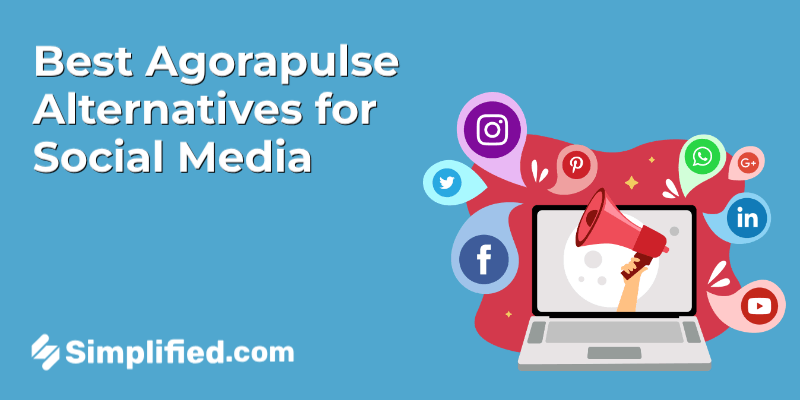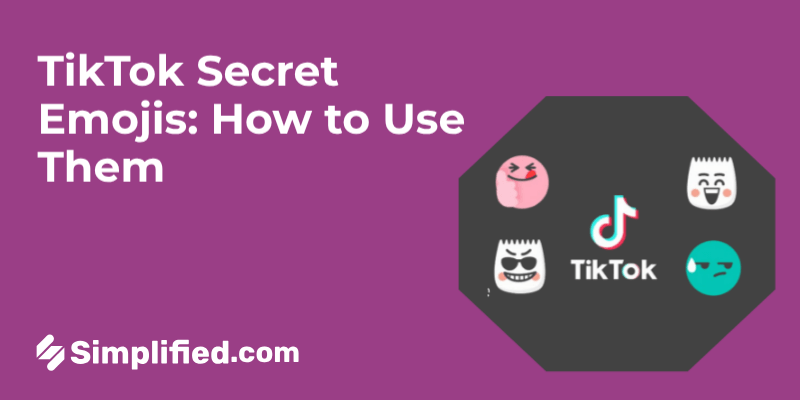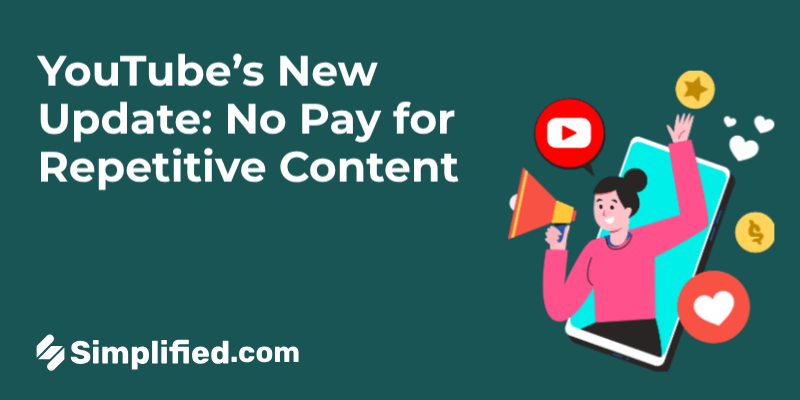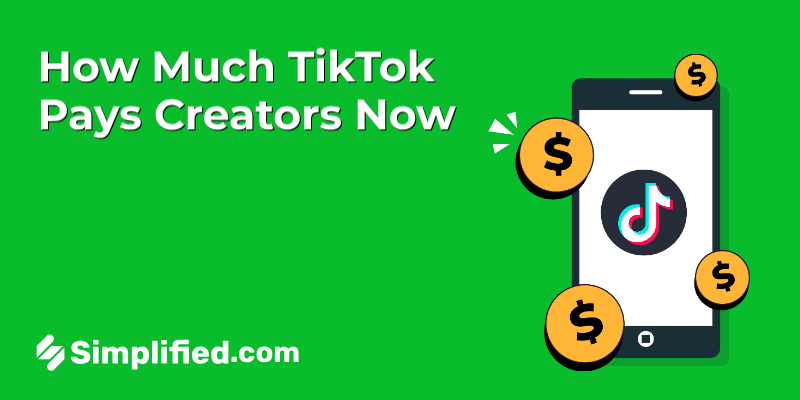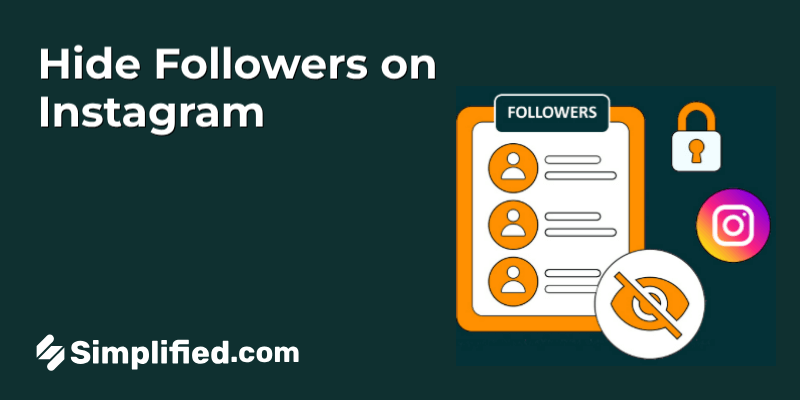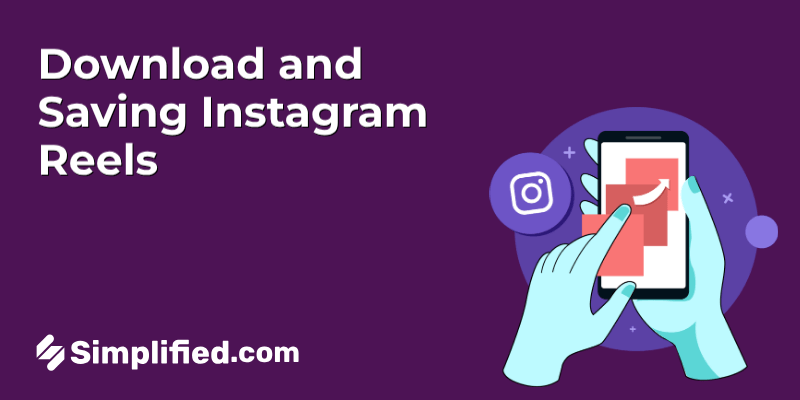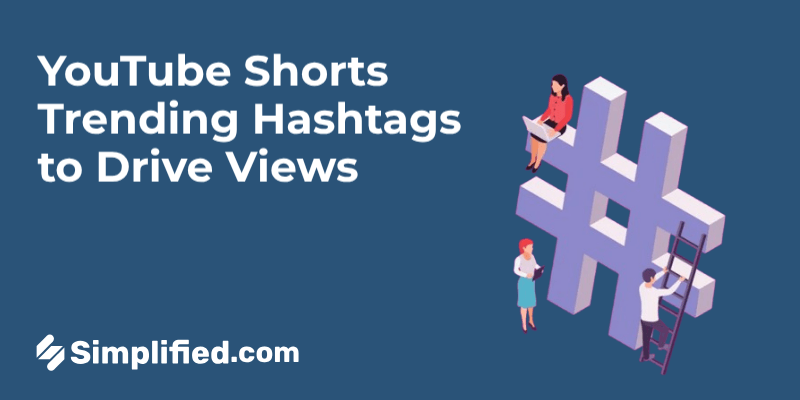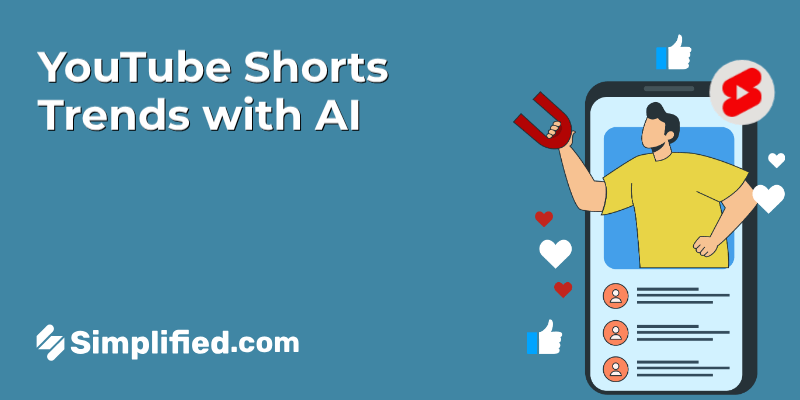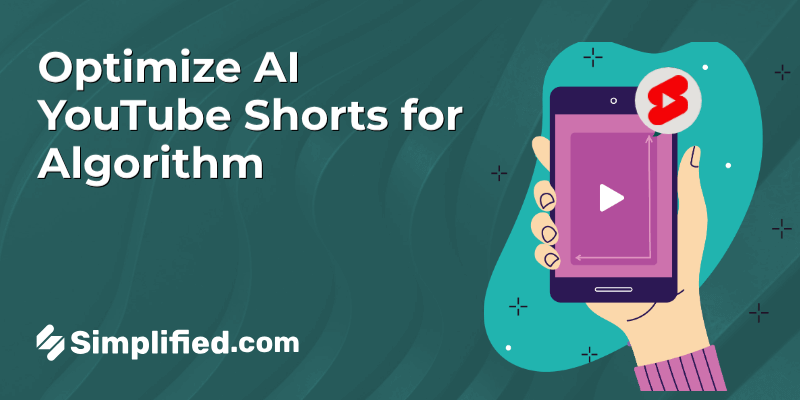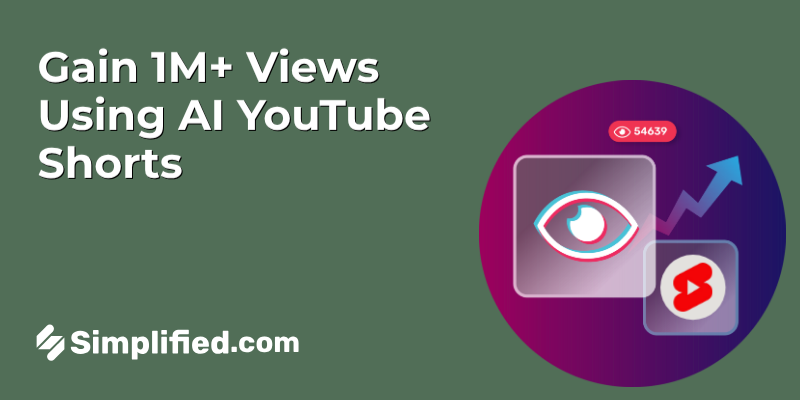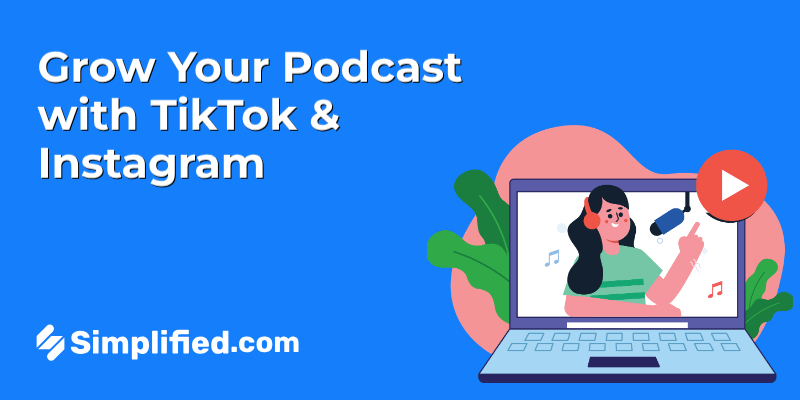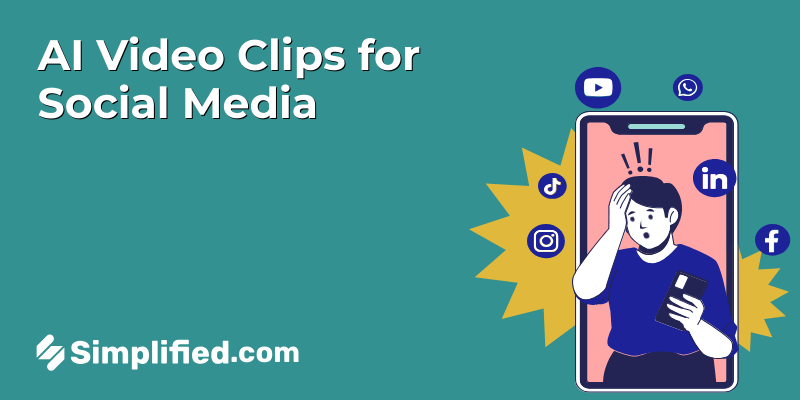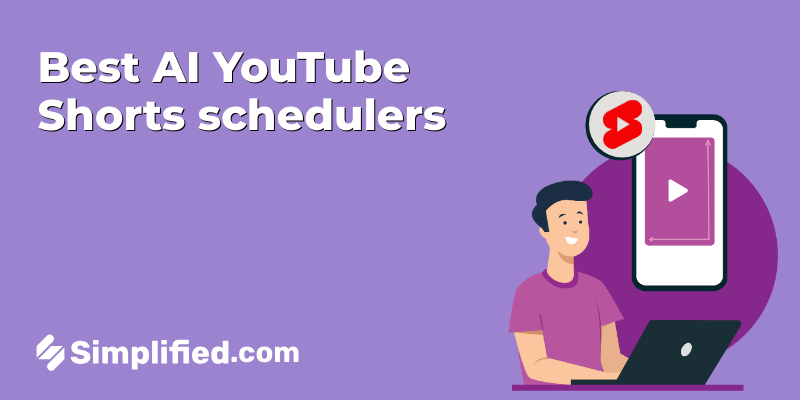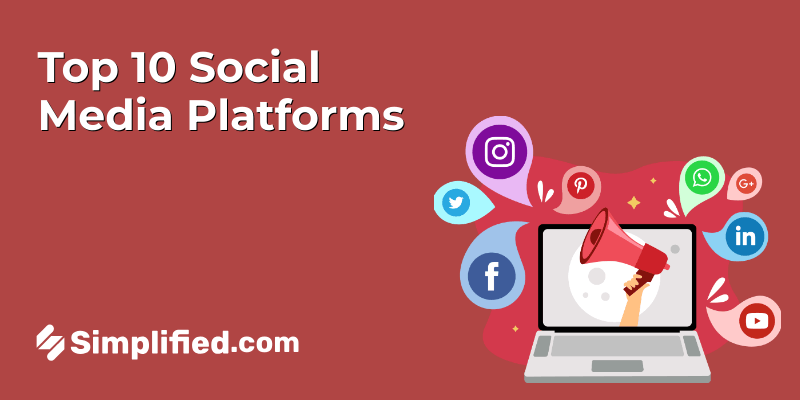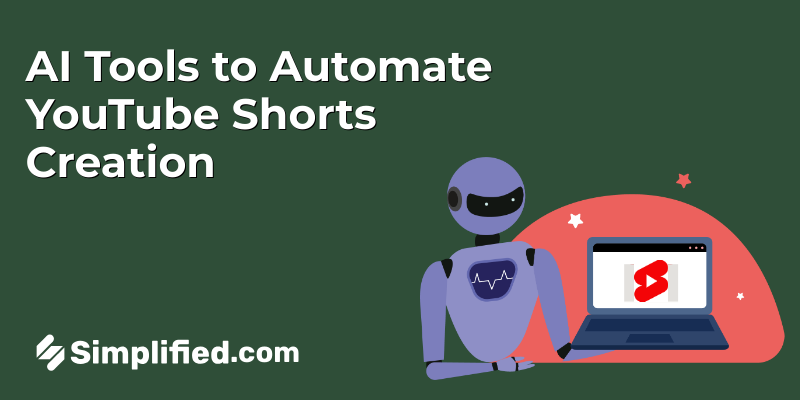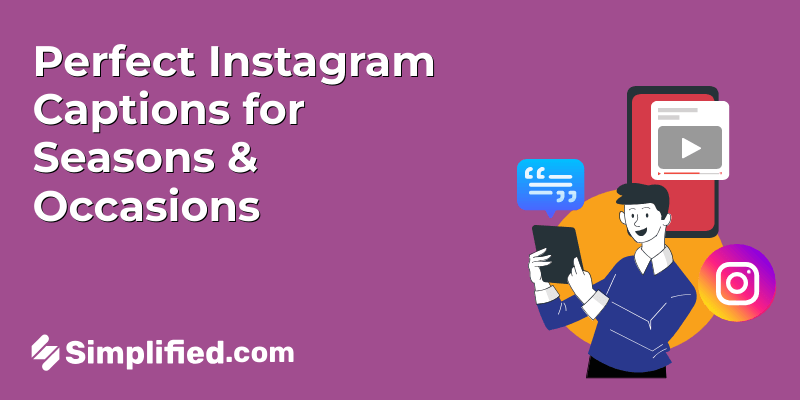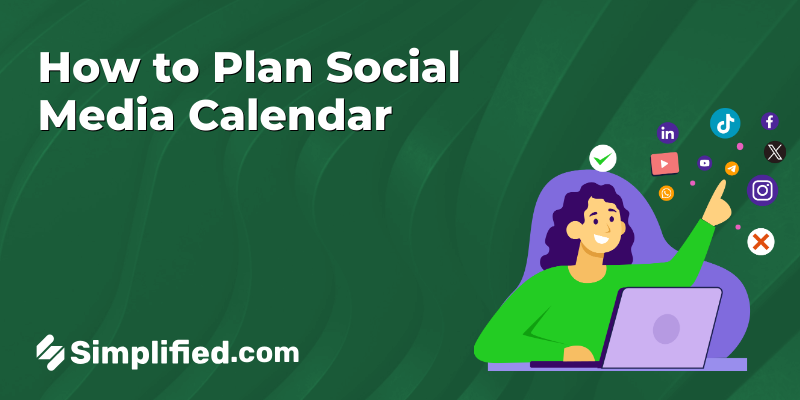
In today’s digital world, capturing your audience’s attention is challenging. How can businesses ensure their social media content reaches and connects with their target audience? The answer lies in planning and scheduling—a method that can transform a cluttered social media presence into an effective marketing tool. Imagine having a process that saves time and improves your brand’s online engagement and visibility.
In this guide, we’ll explore the steps to planning and scheduling social media content, helping you make the most of your online platforms. Join us as we share practical insights that can change your approach to social media marketing.
Understanding Your Audience and Platform
The first step in creating a social media content scheduling plan is understanding your audience and the platforms they use. Start by researching the demographics, interests, and behaviors of your target audience. Use the analytics tools available on social media platforms to gather information about your followers.
Once you have a clear picture of your audience, choose the platforms that align best with their preferences. This could mean focusing on Instagram and TikTok for younger audiences or LinkedIn for a more professional crowd. By tailoring your content and platform choices to your audience, you ensure that your social media posts are relevant and engaging. This foundational step sets the stage for effective content scheduling and a solid social media content calendar.
Setting Clear Goals and Objectives
Before you start scheduling content, it’s important to set clear goals and objectives for your social media efforts. Decide what you want to achieve—whether it’s increasing brand awareness, driving website traffic, or boosting engagement. Clearly defined goals will guide your content creation and scheduling decisions.
Use the SMART criteria (Specific, Measurable, Achievable, Relevant, Time-bound) to ensure your goals are actionable. For example, a goal could be to increase Instagram engagement by 20% over the next three months. Having clear objectives helps measure the success of your social media campaigns and refine your strategy as needed. This step ensures that your social media content scheduling aligns with your broader business goals.
Creating a Social Media Content Calendar
A social media content calendar is a useful tool for organizing and planning your content scheduling. Start by choosing a format that suits your team’s workflow—this could be a simple spreadsheet, a shared Google Calendar, or a dedicated social media management tool.
Fill the calendar with key dates relevant to your brand, such as product launches, holidays, and promotional events. Then, plan the types of content you want to share, including blog posts, videos, or user-generated content, and assign specific dates and times for each post.
This visual representation helps ensure a balanced mix of content and prevents last-minute scrambles. A well-maintained social media content calendar aids in content scheduling and promotes consistency across your social media channels.
Bonus: The Ultimate Guide to Creating a Social Media Calendar
Developing Engaging Content
Creating engaging content is essential for capturing your audience’s attention and driving interaction. Start by brainstorming content ideas that align with your goals and resonate with your target audience.
Consider the format and style that suits each platform—visual content like images and videos may perform well on Instagram, whereas informative articles might be more appropriate for LinkedIn. Use a mix of content types to keep your feed interesting.
Once you have ideas, create a content bank or repository where all assets are stored and easily accessible for future use. Having a reserve of content ready simplifies the scheduling process and ensures you’re consistently delivering fresh and relevant material to your audience.
Scheduling Posts with Precision
With your content ready, the next step is scheduling it at optimal times to maximize reach and engagement. Analyze past performance data to determine when your audience is most active on each platform, and use this information to inform your posting schedule.
Many social media management tools offer features that suggest the best times to post based on your audience’s activity patterns. Ensure you space out your posts to maintain a steady presence without overwhelming your audience.
Regularly review and adjust your schedule based on ongoing analytics insights and changes in audience behaviour. Proper content scheduling helps maintain audience interest and supports the achievement of your social media goals by ensuring your posts are seen by the most people at the right time.
Bonus: Top Social Media Scheduling Tools to Boost Your Marketing Strategy
Monitoring and Adjusting Your Strategy
Finally, consistently monitor the performance of your social media content and be prepared to adjust your strategy as needed. Use analytics tools to track key metrics such as engagement rate, reach, and conversions.
Regularly review these metrics against your predefined goals to measure success and identify areas for improvement. If certain types of content or posting times are not performing well, tweak your approach accordingly. Flexibility in your social media scheduling plan allows you to adapt to changes in platform algorithms, audience preferences, and industry trends.
By continuously refining your strategy, you ensure that your social media content calendar remains a useful tool for achieving your business objectives.
What is a Social Media Calendar?
A social media calendar is a planning tool that helps you organize and schedule your social media content in advance. It allows you to visualize your posting schedule, ensuring a consistent and strategic approach to your social media marketing.
How to Use a Social Media Calendar
- Access the Calendar:
- Log in to your Simplified account.
- Navigate to the social media calendar feature, usually found in the dashboard or main menu.
- Add Key Dates:
- Input important dates relevant to your brand, such as product launches, holidays, and promotional events. This helps you plan content around significant occasions.
- Plan Content:
- Create and assign content types for each date, including images, videos, and blog posts. You can categorize content based on themes or campaigns.
- Use the calendar view to visualize your content distribution over the month, ensuring a balanced mix of posts.
- Collaborate with Your Team:
- Invite team members to collaborate on content ideas and scheduling. This feature allows for brainstorming and ensures everyone is on the same page regarding upcoming posts.
- Schedule Posts:
- Select the content you want to schedule from your planned ideas.
- Choose a specific date and time for your post to go live. Consider your audience’s peak activity times for optimal engagement.
- Write engaging captions and include relevant hashtags to enhance visibility.
- Review and confirm your scheduled posts to ensure accuracy.
- Monitor Performance:
- After your posts go live, use Simplified’s analytics tools to track engagement and performance metrics. This data helps you understand what content resonates with your audience.
- Adjust your strategy based on insights gained from the analytics, refining your content and scheduling as needed.
Benefits of Using a Social Media Calendar
Strategic Planning: Enables you to plan content around key dates and events, ensuring timely and relevant posts.
Consistency: Helps maintain a regular posting schedule, which is crucial for audience engagement.
Organization: Keeps all your content ideas and schedules in one place, making it easier to manage.
Collaboration: Allows team members to contribute ideas and stay informed about upcoming posts.
Conclusion
In conclusion, planning and scheduling social media content effectively can improve any brand or business aiming to enhance its online presence. By following the guide we’ve outlined, you’ll be able to organize your content creation process, ensure consistency across platforms, and engage with your audience meaningfully.
From setting clear objectives and understanding your audience to selecting the right tools and analyzing performance, every step is important. The combination of AI tools and SaaS platforms can further enhance your strategy, making it easier to stay ahead of trends and consumer needs.
Now is the time to put these insights into action—start by auditing your current strategy, and gradually implement these steps to see results. Don’t miss out on the opportunity to refine your social media approach and move your brand forward.

